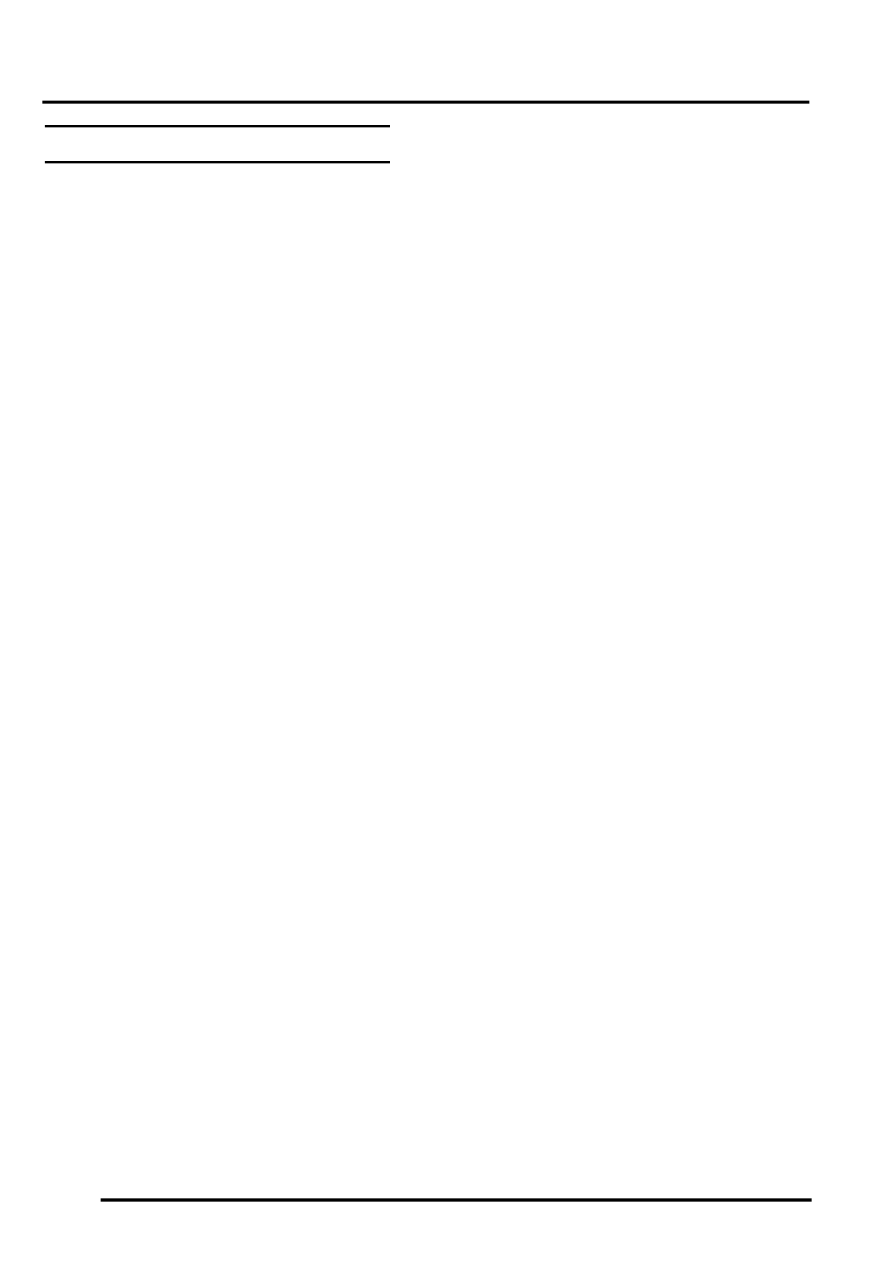L322 Range Rover System Description and Operation

FINAL DRIVE
51-2
DESCRIPTION AND OPERATION
Description
General
The front and rear differentials convert the "angle of drive" through 90
°
and distribute drive, via the drive shafts, to the
front and rear wheels.
The front and rear differentials have different output ratios for the V8 and Td6 variants and, although visually similar,
can be identified by part number.
The front differential is mounted on the LH side of the engine sump. The rear differential is mounted on the rear
subframe.
Front Differential
The front differential is mounted on the LH side of the vehicle sump. The sump has a cast tube through it, which allows
for the fitment of the RH drive shaft and separates the engine oil from the differential oil. The differential unit is secured
to the engine sump with 4 bolts. The bolts pass through lugs in the differential casing and are secured into threaded
holes in the sump. An O-ring seal is fitted to the casing and locates in the sump to provide a seal between the casing
and the sump.
The casing comprises two halves with machined mating faces. When assembled, the iron casing halves are sealed
with a thin film of Loctite 574 sealant and secured together with twelve bolts. The LH casing is the carrier for all the
rotating parts and the RH casing is a cover to close the unit and a support for the RH carrier bearing. A breather tube
is fitted to the casings. This allows a plastic tube to be fitted and routed to a high point in the engine compartment,
preventing the ingress of water when the vehicle is wading.
The LH casing is fitted with a drain plug and a filler/level plug. The level plug allows the unit to be filled with oil until it
leaks from the filler hole, ensuring the correct quantity of oil is added. The differential unit contains approximately 0.8
litre of oil for a dry fill and requires approximately 0.75 litre if oil is changed due to residual oil retained in the casings.
The differential is a conventional design using a hypoid gear layout. This employs a hypoid bevel pinion gear and
crown wheel, with the pinion offset below the centre line of the crown wheel. This design allows for a larger pinion
gear to be used which has the advantages of increased gear strength and reduced operating noise.
The front differential is available in two ratios. V8 engine vehicles use a differential with a final drive ratio of 3.73:1 and
Td6 engine vehicles use a final drive ratio of 4.10:1. The ratio is changed by changing the amount of teeth between
the crown wheel drive gear and pinion gear. Therefore for a ratio of 4.10:1, the crown wheel drive gear will have 4.10
times more teeth than the pinion gear. This equates to the crown wheel drive gear having 41 teeth and the pinion gear
having 10 teeth.
